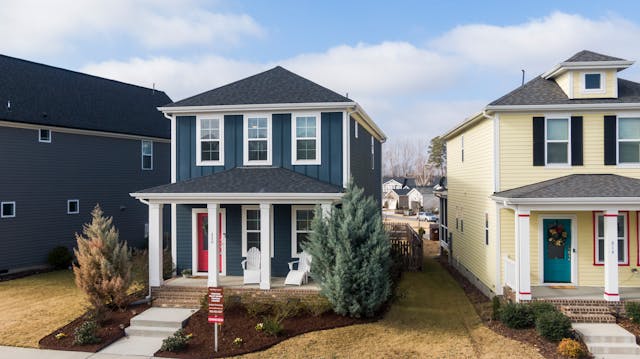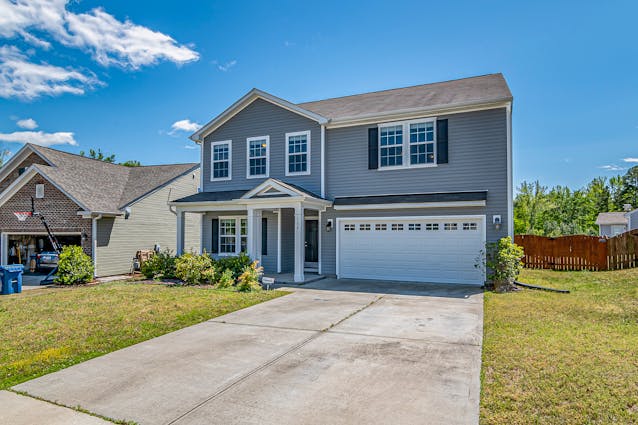In the ever-evolving world of architectural design, the fusion of aesthetics and functionality often marks the pinnacle of innovation. window shrouds, with their sleek lines and versatile applications, epitomize this blend, making them a significant addition to modern buildings. These architectural elements, which extend beyond the window frame, serve multiple purposes, enhancing both the visual appeal and performance of a structure. As the demand for sustainable and energy-efficient designs increases, window shrouds have emerged as a crucial component in contemporary architecture.
The primary function of window shrouds lies in their ability to control solar gain. By projecting outward from the window, shrouds provide shade, reducing the amount of direct sunlight that enters the interior spaces. This shading effect is particularly beneficial in warmer climates, where excessive solar heat can lead to uncomfortable indoor temperatures and increased reliance on air conditioning. By mitigating the heat gain, window shrouds contribute to a building’s energy efficiency, helping to maintain a cooler indoor environment and reducing energy consumption.

Moreover, window shrouds play a vital role in managing natural light. The strategic placement and design of shrouds allow for the diffusion of sunlight, minimizing glare while maximizing the availability of natural light. This balanced approach not only enhances the comfort of the occupants but also promotes a healthier and more productive living or working environment.
In addition to their functional benefits, window shrouds significantly enhance the aesthetic appeal of buildings. Available in a wide range of materials, finishes, and styles, they offer architects and designers the flexibility to create unique visual statements. From sleek, minimalist designs that complement modern architecture to more ornate and detailed shrouds that add character to traditional structures, the possibilities are endless. The use of contrasting materials and colours can create striking visual effects, making the building stand out in its surroundings.
The versatility of window shrouds also extends to their customization options. Architects can tailor shrouds to fit specific design requirements, ensuring they align with the overall architectural vision. This customization can include variations in depth, angle, and length, allowing for precise control over the amount of shading and light diffusion. Additionally, window shrouds can be designed to accommodate various window shapes and sizes, providing a cohesive and integrated look for the building’s façade.
Another noteworthy aspect of window shrouds is their contribution to the building’s sustainability. This reduction in energy use not only translates to cost savings for the occupants but also aligns with broader environmental goals.The installation of window shrouds also reflects a thoughtful approach to passive design strategies. Window shrouds, by controlling solar gain and enhancing natural light, embody the principles of passive design.

Furthermore, window shrouds can contribute to the longevity and durability of a building. By protecting windows from direct exposure to the elements, shrouds help prevent weather-related wear and tear. In regions prone to harsh weather conditions, the use of window shrouds can be especially beneficial, safeguarding the building’s envelope and ensuring its resilience.
As the focus on sustainability and energy efficiency continues to grow, window shrouds will undoubtedly play a pivotal role in shaping the future of architectural innovation. By embracing the elegance and functionality of window shrouds, architects and designers can create buildings that are not only visually stunning but also environmentally responsible and comfortable for their occupants.





